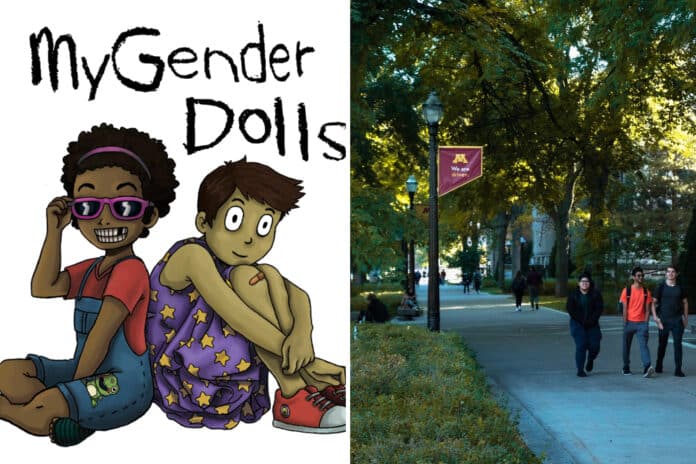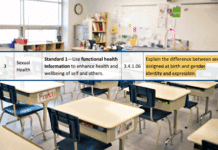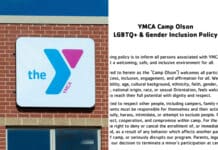
Gender politics is officially child’s play at the University of Minnesota.
The taxpayer-funded university paid children as young as five to participate in group activities that involved customizing genitalia and internal organs under the guise of “therapy.”
The University of Minnesota’s National Center for Gender Spectrum Health at the Eli Coleman Institute for Sexual and Gender Health circulated a flyer earlier this year offering up to $60 per group to “transgender and gender-diverse” kids between the ages of five and 10, along with their families, to take part in a project aimed at helping “talk about gender and bodies” using a tool called MyGender Dolls.
These customizable dolls come in different shapes, sizes, ages, and skin tones. Kids can also mix-and-match anatomical features, like genitals and internal organs, to reflect their perceived gender identity.
A video posted on the university’s website gives an animated description of the dolls.
“There are lots of different ways to be a girl, a boy, or anywhere along the gender spectrum,” the narrator says.
An app for ‘gender exploration,’ complete with customizable genitals
The MyGender Dolls app is the brainchild of Institute for Sexual and Gender Health psychologist Rachel Becker-Warner, PsyD, and was co-developed with Dianne Berg, PhD, and Ashley Finch.
According to the researchers, the app “helps kids see that their gender identity is valid no matter what parts they have.” Kids who use the app will have a “choice of genitals and internal reproductive organs” to pick from.
“As we move forward, the plan is to create more bodies, clothing, and accessories by hiring more transgender and gender diverse identified artists, and to get this tool into the hands of gender therapists who support kids with their gender exploration,” the school’s website states.
Beyond customizing genitalia and internal organs, children can also choose clothing items designed to be inclusive of all body shapes and sizes.
“I think everyone should be learning that there’s diversity in gender identity and that what makes you ‘real’ is not what your body parts are, but how you think and feel,” Berg said in a 2020 article about the dolls.
“It’s really important to address the belief, ‘I’m not a “real” boy because I don’t have these private parts,’ versus, ‘I am a real boy, whatever my anatomy looks like,’” Berg added. “It’s about helping children develop tools to cope with messages in society that could lead to shame.”
Alpha News reached out to the University of Minnesota’s Eli Coleman Institute for Sexual and Gender Health for comment but did not receive a response.









